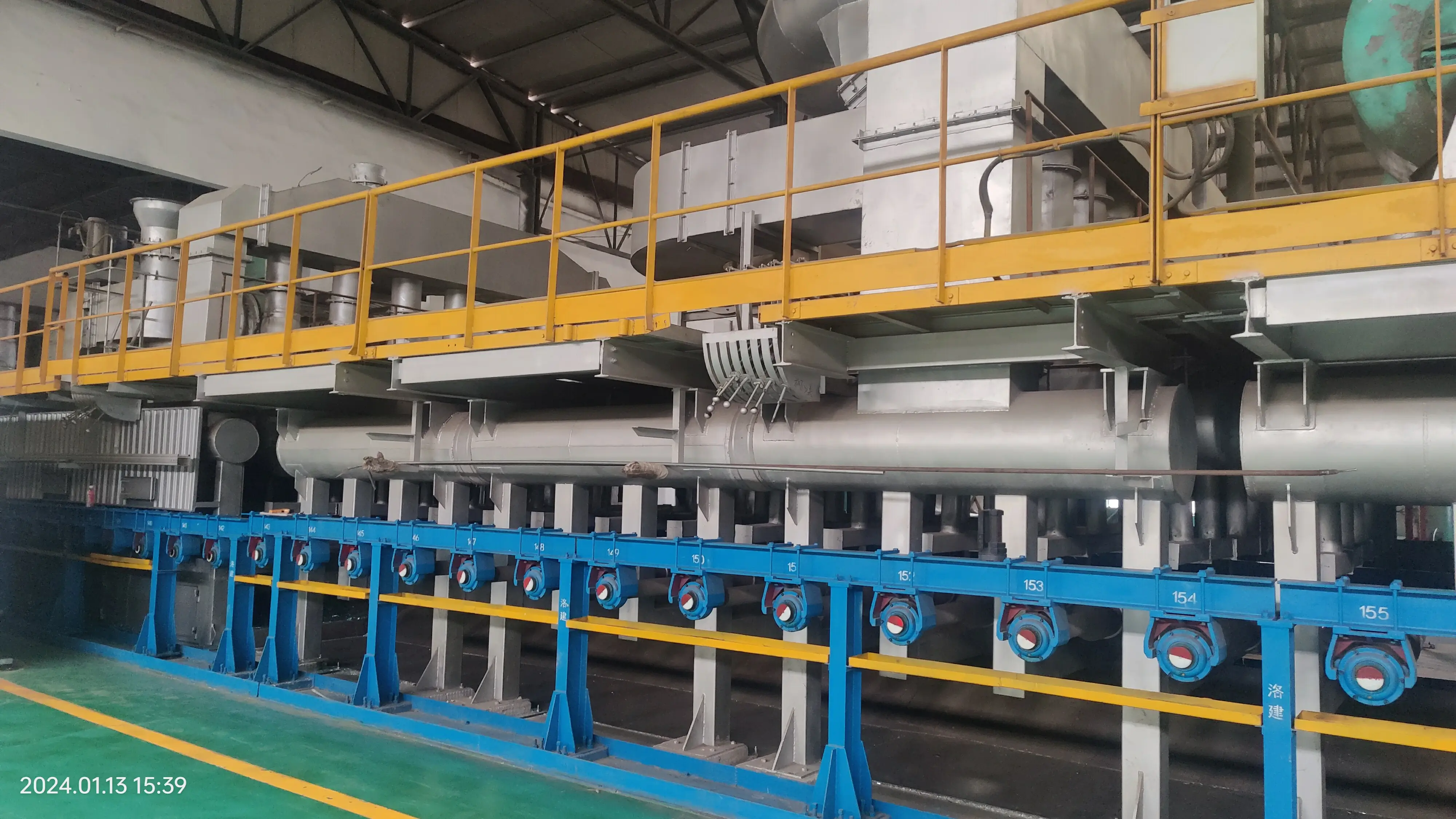

Exploring the Aesthetic and Functional Benefits of Clear to Frosted Glass
In contemporary design, the use of glass has evolved beyond basic functionality and transparency; it has become a canvas of artistic expression and innovative solutions. One of the most intriguing developments in glass design is the transition from clear to frosted glass, a choice that balances aesthetics with practicality. This article explores the various benefits of clear to frosted glass, focusing on its versatility, privacy features, and ability to enhance light diffusion.
Clear glass has long been a staple in architecture and interior design, providing an unobstructed view and creating a sense of spaciousness. However, there are instances where privacy and subtlety become essential priorities. This is where frosted glass comes into play. By applying a sandblasted or acid-etched technique to clear glass, the result is a translucent surface that allows light to filter through while obscuring the view. This characteristic makes frosted glass particularly appealing in spaces such as bathrooms, conference rooms, and public facilities, where privacy is paramount.
In addition to its practical applications, frosted glass introduces an aesthetic quality that can elevate the overall design of a space. The soft, diffused light that frosted glass emanates creates a serene and calming atmosphere. It mimics the effect of natural light filtering through clouds, reducing glare while retaining brightness. Designers often utilize frosted glass in partitions, doors, and windows to create a harmonious balance between open space and subtle separation. As a result, environments feel both light-filled and intimate.
Moreover, the transition from clear to frosted glass can be seamlessly integrated into various design themes, from minimalist to modern
. The clean lines and sleek surfaces of glass add an element of sophistication, while the frosted finish softens the rigidity often associated with hard surfaces. This balance between transparency and opacity creates an inviting ambiance, making spaces more welcoming and comfortable for occupants.
The functional benefits of frosted glass extend beyond aesthetics. It is significantly easier to maintain than its clear counterpart, as it is less prone to showing fingerprints and smudges. This practical advantage is particularly beneficial in high-traffic areas or homes with children and pets. Additionally, frosted glass can contribute to energy efficiency. By diffusing sunlight, it reduces the need for excessive artificial lighting during the day, leading to lower energy consumption.
Another fascinating aspect of clear to frosted glass is its adaptability in commercial settings. Businesses often use frosted glass branding elements to convey professionalism and discretion. Logos and graphics can be etched or printed onto frosted surfaces, allowing for creative branding opportunities. This method not only strengthens brand identity but also integrates the company’s image into the physical space without overwhelming the overall design.
Lastly, technology is advancing glass treatments, enabling customizable options for users. With innovations such as smart glass, which can switch from clear to frosted with the touch of a button, the functionality of glass has expanded significantly. This adaptability enhances privacy on demand and allows users to tailor their environment to their current needs.
In conclusion, the transition from clear to frosted glass presents a wealth of aesthetic and functional benefits. Its ability to blend aesthetics with practicality makes it an ideal choice for a wide range of applications. Whether in residential or commercial spaces, frosted glass provides privacy, enhances light diffusion, and embodies modern design principles. As trends continue to evolve, it is clear that the appeal of frosted glass will only grow, solidifying its place as a favored element in contemporary architecture.